Universidade de Coimbra Alta e Sofia — Candidatura a património mundial
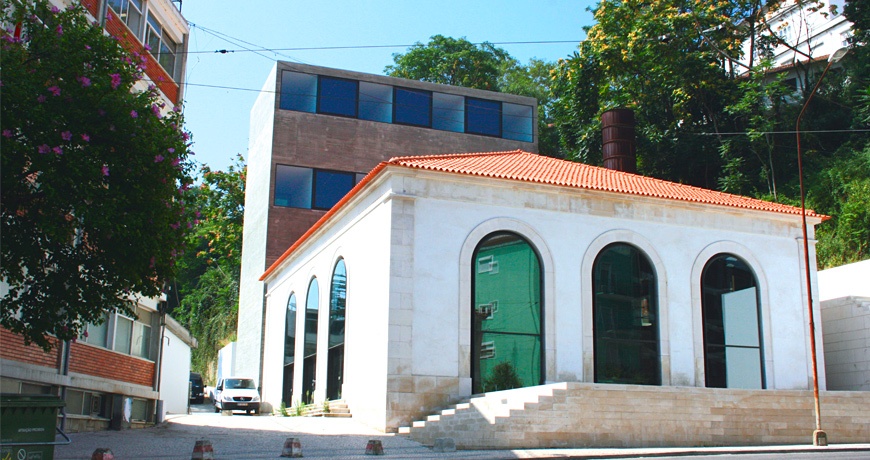
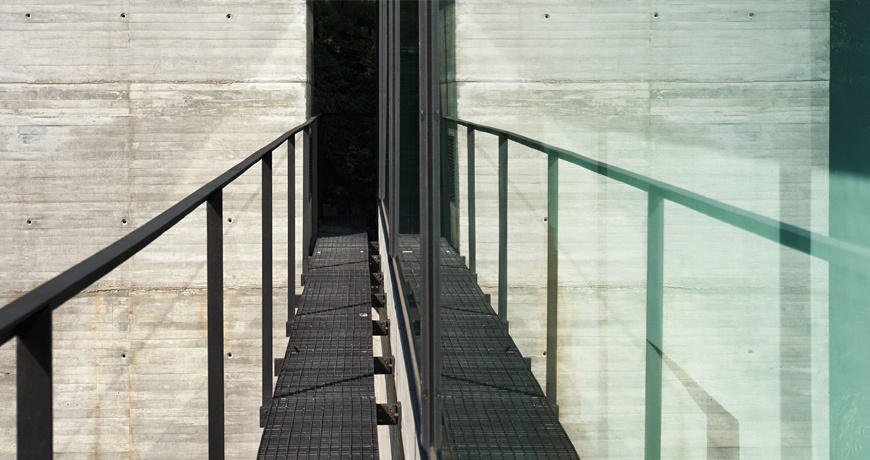
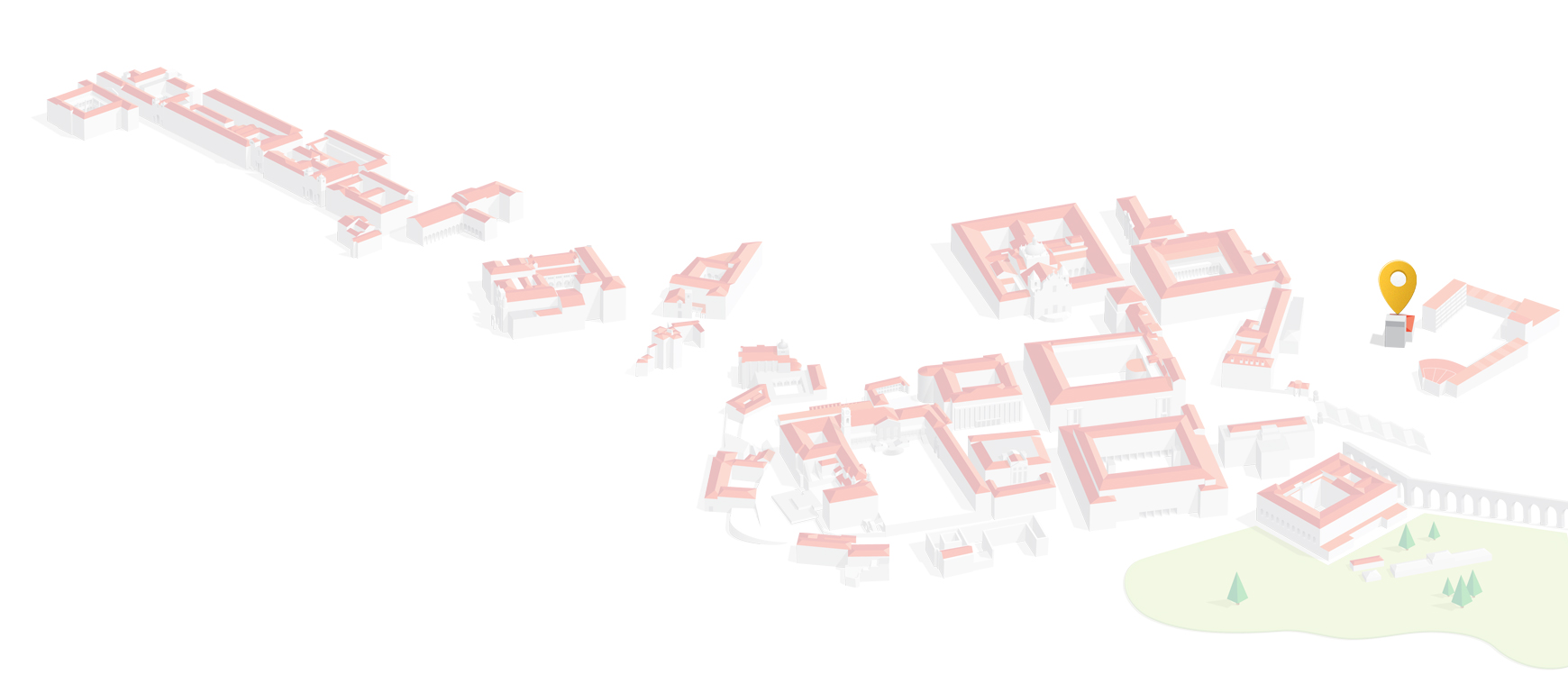
Boiler House
The Boiler House, one of the rare examples of Coimbra’s industrial heritage, displays a modern architectural design, sober
and functional, a reflection of its original functions.


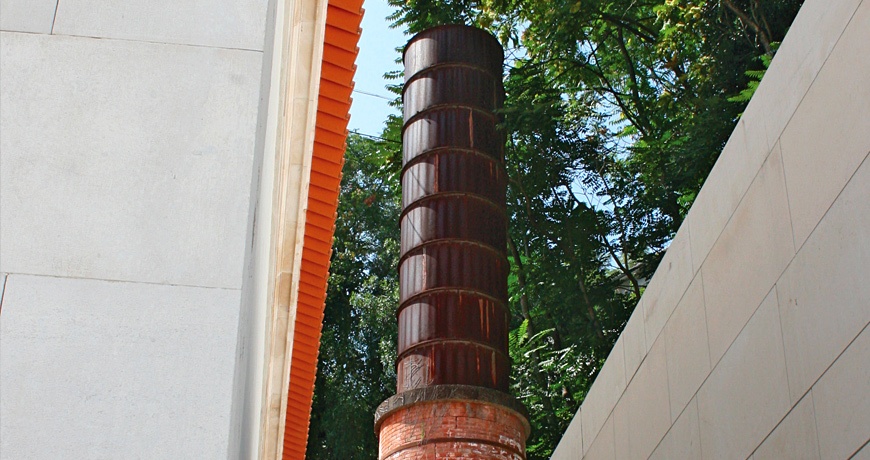
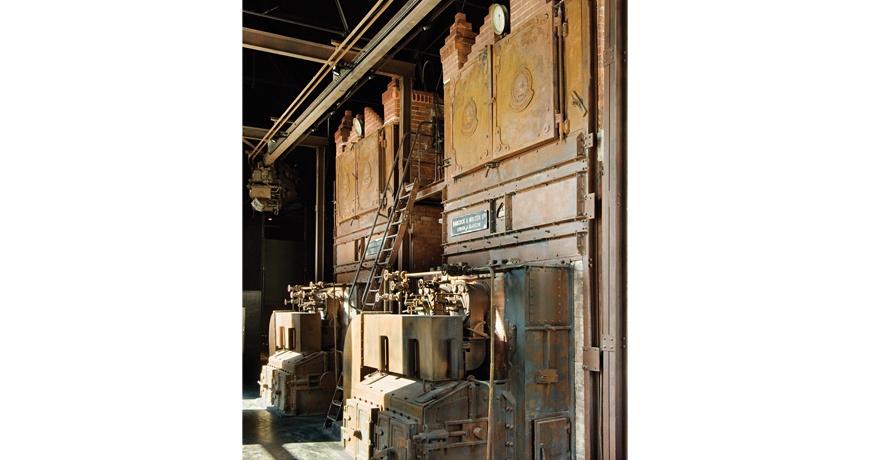
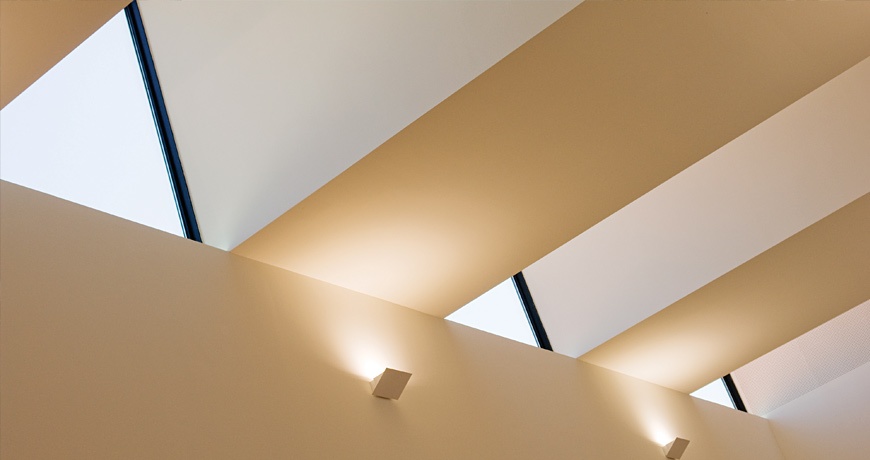
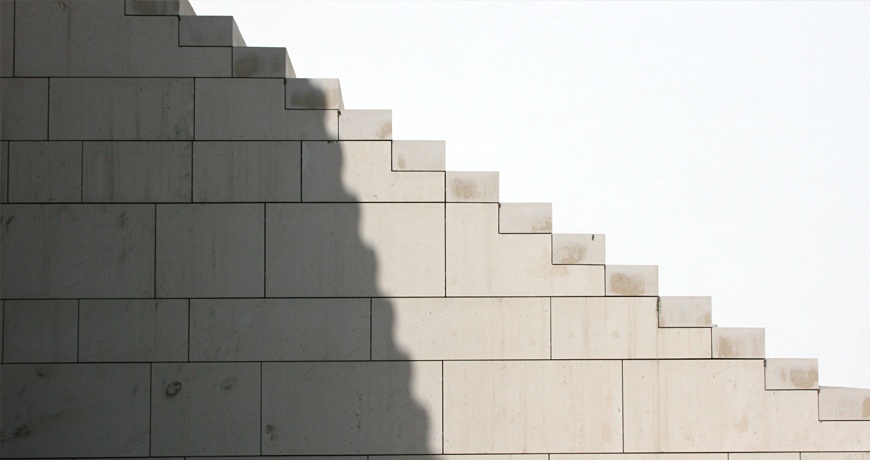
Art and Architecture
The Boiler House, one of the rare examples of Coimbra’s industrial heritage, displays a modern architectural design, sober
and functional, a reflection of its original functions. The construction initiated in 1941, when the University Hospital was modernised and expanded the infrastructures for generating thermal energy.
The plan for the rehabilitation and renovation of the building preserved its original architectural structures: the interior layout, the accesses, the wide windows and the high chimney, as well as most of the machinery, including two imposing boilers purchased in 1939 from the English company Babcock & Wilcox.
Over the old fuel deposit, located on the far southeast side of the building, a new block was constructed to accommodate the different services of the Course of Art Studies of the Department of History, Archeology and Arts of the Faculty of Letters; this block is essentially meant for teaching and for cultural events.

Proposed Intervention
The final transfer of the University Hospital to the area of Celas in the 1980s led to the closing of the Boiler House. One year after, the Centre of Photography Studies of the Coimbra Student Union organised the 9th Meeting of Photography of Coimbra there, with an exhibition dedicated to the works of Robert Frank.
The success of this event gave rise to the project of moving the Centre of Photography Studies to the vacant building. Although the original goal was abandoned, the plan designed by João Mendes Ribeiro and Cristina Guedes in 1991 was adapted for the purpose of establishing the Art Studies Institute of the Faculty of Letters there.
The works were carried out between 2006 and 2008.
